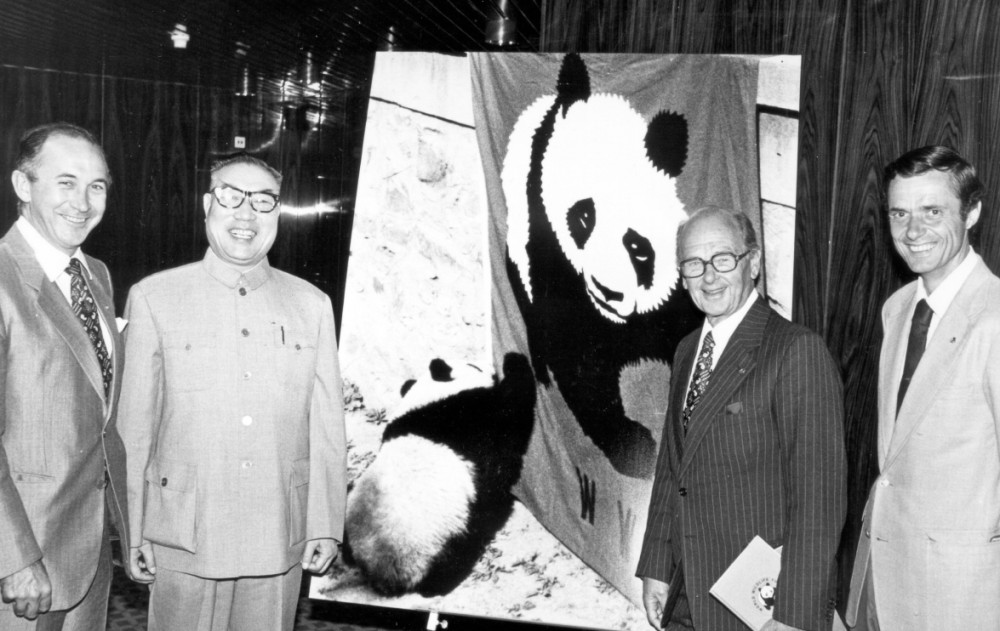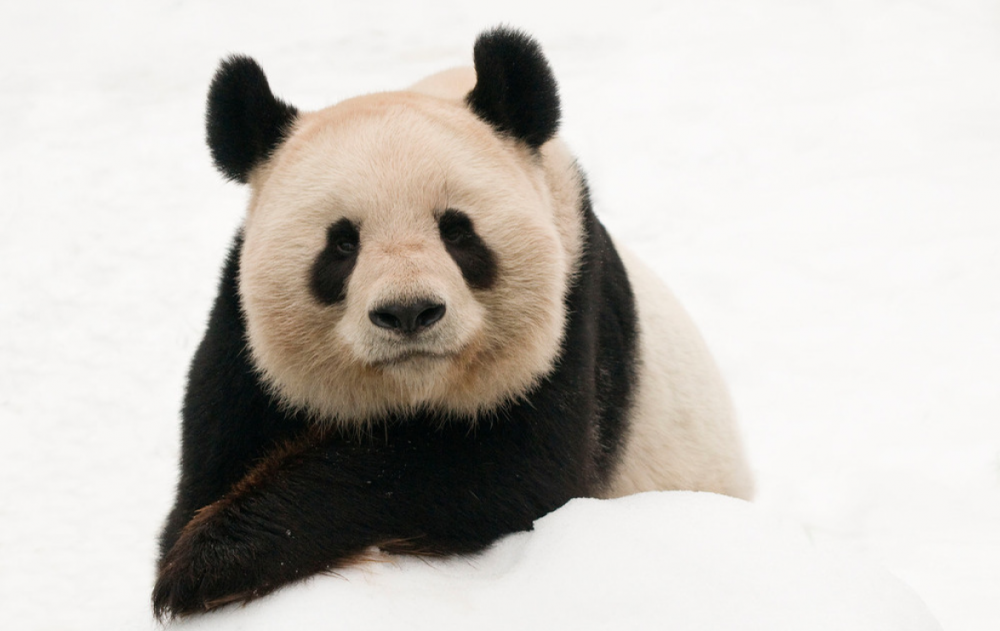WWF International
By protecting natural resources, we work for the future of humanity
Due to the excessive overconsumption of humanity, we use 30% more natural resources than what the Earth can reproduce, moreover human actions have drastically changed the surface of the Earth as well as the climate.

It resulted in the disruption of the ecosystems that sustains our life: increasingly frequent extreme weather conditions, lack of water and food-supply, decrease in good-quality crop lands, increasing sea levels and the warning signs are multiplying, the effects of which are already being felt by millions of people.
It is an urgent matter now more than ever to make a collective effort to create a sustainable future for all, in partnership with each other.
“We cannot protect everything we want, but we can do much more than to just sit with our arms crossed.”
– Sir Peter Scott, one of the founders of WWF.
WWF, founded in 1961, is one of the largest wildlife conservation civil organisations. In more than 100 countries and with more than 6000 colleagues we work for the protection of natural assets and for a sustainable future.
Our mission is to establish a future in which humans and nature can live in harmony.
Our goal is to preserve biodiversity, to reduce environmental pollution, to facilitate the long-term sustainable use of natural resources, and the encouragement of the use of renewable energy sources and sustainable food production. We find it important to mention that based on the above-mentioned goals, WWF is not an animal welfare organisation; it treats wildlife as a unity and wishes to preserve it as such.
We focus our work on ecological regions that are especially crucial for the conservation of biodiversity, namely forests, freshwater, oceans, and their shores. We also take part in the mitigation of climate change, its consequences and the establishment of a sustainable lifestyle. As such, we try to promote the long-term sustainable use of natural resources in order to preserve natural assets for future generations.
At its establishment WWF operated under the name of World Wildlife Fund and started programs for the protection of endangered species. Funding members realised it early on that in order to save certain species their habitats have to be protected, as without a suitable and safe home not even one of them can exist. Thus, they understood that for efficient environmental protection there needs to be programmes spanning across natural habitats. Additionally, they realised that in order to bring forth real changes they must cooperate with governments, companies, and above all individuals, since raising awareness is indispensable in the creation of a liveable future. Therefore, in 1986 the organisation changed its name to World Wide Fund for Nature and commenced the spreading of its work, but now officially uses only the short name “WWF”.

WWF works in accordance with these principles:
– Global, independent, culturally diverse, and apolitical
– Bases its actions on the latest scientific findings and takes a critical approach to its own efforts
– Encourages discussions and avoids unnecessary conflicts
– Works on specific environmental protection solutions by incorporating field projects, policy initiatives, capacity development and education
– During field projects it involves local communities in the planning process and implementation, respects their cultural and economic needs
– Aspires to increase its efficiency through collaboration with other organisation, governments, companies, and local communities
– Operates in a cost-efficient manner and handles donations with the highest responsibility
So what do we do, if not animal protection?
– Condition assessment and restoration of natural habitats
– Assessment and protection of animal and plant species
– Taking action for efficient and forward-thinking conservation regulations
– Development of sustainable forest management
– Territory management planning
– Devising of solutions supporting sustainable development for communities
– Environmental education and awareness-raising
– Stepping up against illegal trade of species
– Promoting natural preventative solutions against flood damage
– Encouraging of Social discussion
– Creation of sustainable income
– Management of protected areas
– Reduction of harmful gas emission
– Reduction of ecological footprint
– Creating Renewable energy sources
– Preservation and formation of wilderness areas
– Protection of large carnivores
– Corporate responsibility
– Protection of drinking water supply
– Combatting climate change
– Encouragement of climate-friendly water supply management
– Propagation of environmentally friendly agriculture
– Mitigation of over consumption
Why pandas then?
The inspiration of the logo animal was a giant panda named Chi Chi, who arrived at the London Zoo in 1961.
The giant panda (Ailuropoda melanoleuca) was one of the first species to be brought to the verge of extinction by destructive human activities. This iconic animal species became the symbol of WWF, which is capable of raising awareness to the importance of taking immediate action and conscious environmental protection without a language barrier.
